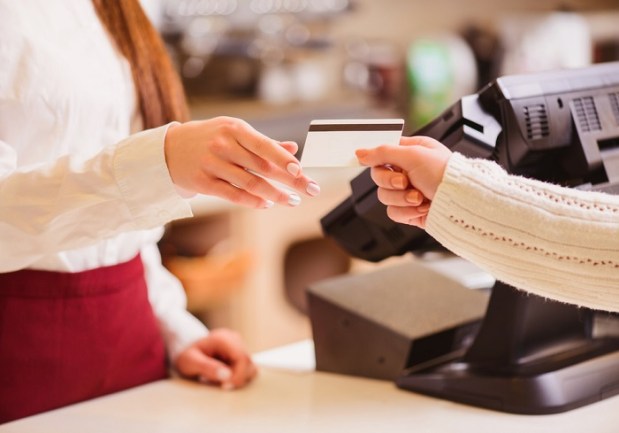Splitit Sees The Future Of US Payments As Reality Abroad

The PYMNTS team caught up with experts in the payments field to ask them their views on industry trends, predictions for the coming year and what their ideal payments system looks like.
Alon Feit, CEO of Splitit (now rebranded from PayItSimple), shared his opinions of how new payment strategies emerging over the next few years could change the industry for decades to come.
PYMNTS: In 2015, what have some of the biggest trends and challenges been for Splitit?
AF: We launched in the U.S. in 2015, so it’s always a challenge to create awareness of your product in a new market and become a relevant provider for clients. We actually rebranded ourselves for Money 20/20 and changed our name from “PayItSimple” to eliminate some confusion with other companies already on the market. We can trademark our new name for success in the long-run, and we did a lot of success to ensure there aren’t any similar names out there at the moment.
PYMNTS: What are some of the key issues you’re focusing on for 2016?
AF: The big challenge is really to attract more users, increase market share and build name recognition among merchants. We work with channels to distribute our service, too, but we also approach clients directly. Revenues are getting flatter and profits are becoming pressed, so all those companies are looking for new innovative services that will help them create new systems of revenue, and this is exactly what Splitit is doing.
PYMNTS: What does the ideal payments industry look like to Splitit?
AF: I can dream, but the reality of our industry is very clear. What we’re doing already exists in six other countries around the world, in some cases for decades. In those countries, interest-free installment payments on existing credit cards is very common. Between 35 to 57 percent of total spending in credit cards is done this way. If you go to Brazil or Turkey or Israel or Argentina, you’ll see that almost every merchant will offer you at the checkout installment payments using your existing credit card. It’s true that each country has different cultural issues and consumer behaviors, but at the end of the day consumers are consumers and retail is retail and people need to buy the things they want.
